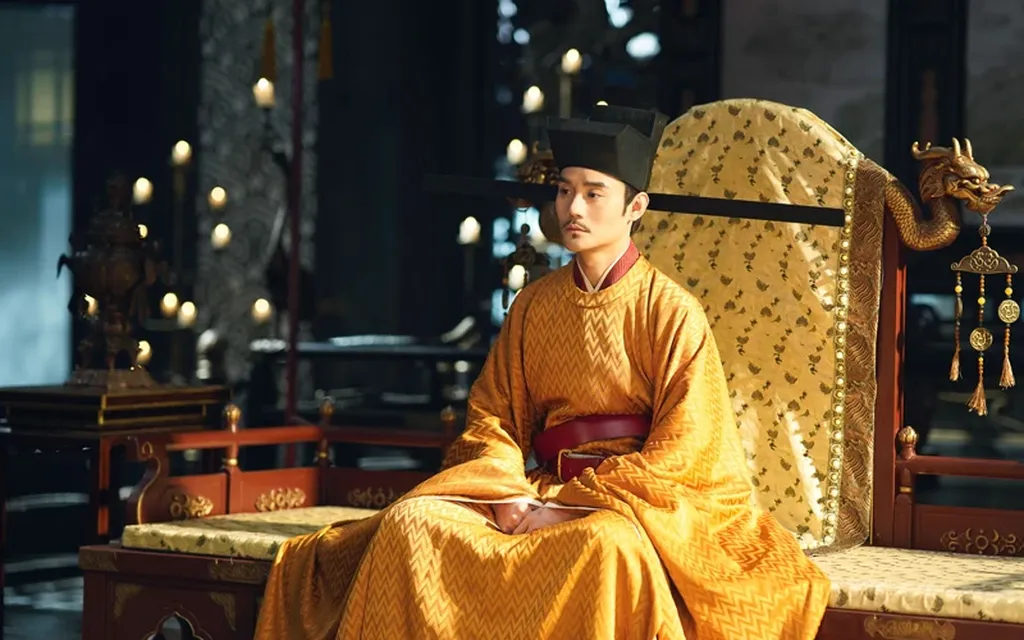In the heart of China’s Fujian Province, an ancient architectural mystery is being unraveled, not by archaeologists alone, but with the aid of cutting-edge artificial intelligence. A team led by Dr. S. M. Li from the School of Design at Shanghai Jiao Tong University is pioneering a new approach to historical reconstruction, blending traditional architectural archaeology with generative AI. Their work, published in *The International Archives of the Photogrammetry, Remote Sensing and Spatial Information Sciences* (International Archives of the Photogrammetry, Remote Sensing and Spatial Information Sciences), is shedding light on the unique architectural traditions of the Song Dynasty and could revolutionize how we approach heritage conservation.
The Gonghoulong Temple site in Ningde City, discovered in the late 20th century, is a treasure trove of ancient architectural remains. Among the ruins are house foundations, ash pits, and tombs, but it’s the single-bay Buddhist hall that has captured the team’s attention. This architectural style, prevalent in the Changxi River Basin during the Tang and Song periods, is a rarity in Chinese history. “The single-bay pavilion-style construction of the Changxi Basin is a unique regional pattern,” Dr. Li explains. “It’s a distinctive blend of cultural and architectural traditions that we believe holds significant insights into early Buddhist architecture along China’s southeastern coast.”
The team’s innovative approach involves a collaborative paradigm that integrates architectural archaeology with AI-generated content (AIGC). Through precise digital surveying and multi-source literature verification, they’ve analyzed the spatial organization of stone components at the site. Their findings reveal that the Song Dynasty Buddhist Hall at Gonghoulong Temple incorporates layered pavilion concepts, differing from official architectural practices of the time.
But the real game-changer is their use of AIGC-powered intelligent deduction. This technology allows them to establish a “digital archiving-intelligent deduction-dynamic intervention” restoration framework. By leveraging stylized generation and virtual reconstruction simulations, they’re able to breathe new life into ancient structures. “This technology doesn’t just help us understand the past,” Dr. Li says. “It also offers new insights into early Buddhist architecture and establishes standardized references for the intelligent conservation of similar heritage sites across East Asia.”
The implications of this research extend beyond academia. In the energy sector, for instance, the ability to virtually reconstruct and analyze ancient structures could inform sustainable design practices. Understanding how ancient architects maximized natural light and ventilation, for example, could inspire energy-efficient designs in modern buildings.
Moreover, the commercial potential of AIGC in heritage conservation is immense. As more countries invest in preserving their cultural heritage, the demand for intelligent, non-invasive conservation methods is set to rise. This research could pave the way for AI-driven solutions that not only preserve but also revitalize ancient sites, attracting tourists and boosting local economies.
Dr. Li’s work is a testament to the power of interdisciplinary collaboration. By bridging the gap between archaeology, architecture, and AI, she and her team are reshaping our understanding of the past and opening up new possibilities for the future. As we stand on the cusp of a new era in heritage conservation, one thing is clear: the fusion of ancient wisdom and modern technology is not just a possibility, but a reality.

